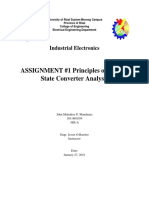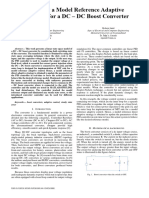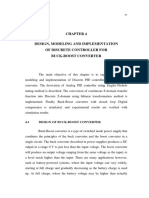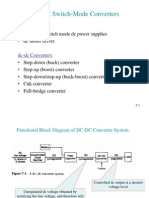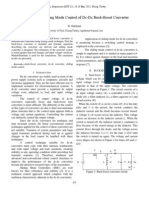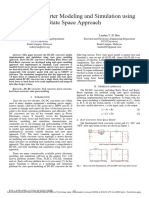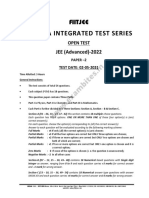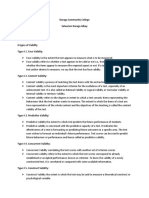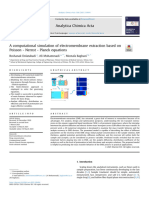0% found this document useful (0 votes)
45 views15 pagesChapter 2
This document discusses the mathematical modeling of buck and boost converters using state space averaging techniques. It describes the operating modes and derives the state-space equations for the buck converter. It then uses state-space averaging to obtain the small-signal transfer function relating the duty cycle to the output voltage.
Uploaded by
Anonymous 9uibsXwCopyright
© © All Rights Reserved
We take content rights seriously. If you suspect this is your content, claim it here.
Available Formats
Download as PDF, TXT or read online on Scribd
0% found this document useful (0 votes)
45 views15 pagesChapter 2
This document discusses the mathematical modeling of buck and boost converters using state space averaging techniques. It describes the operating modes and derives the state-space equations for the buck converter. It then uses state-space averaging to obtain the small-signal transfer function relating the duty cycle to the output voltage.
Uploaded by
Anonymous 9uibsXwCopyright
© © All Rights Reserved
We take content rights seriously. If you suspect this is your content, claim it here.
Available Formats
Download as PDF, TXT or read online on Scribd
/ 15



